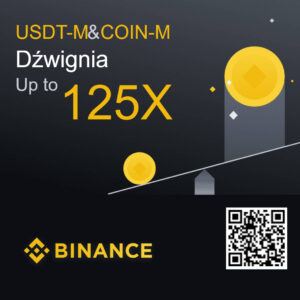Rate Reserve Rights 0,003075 USDT
Change (24h): 5,24%
Calculator RSR / USDT
How is 1 Reserve Rights?
| RSR | 0 USDT | |
| USDT | 0 RSR |
Team
- No data
Another prices
- XRP 1.9636 EUR -2,14%
- NEU 0.00000169 BTC 0,00%
- DOT 6.94088 USDT 0,00%
- COMP 73.000001 USDT 0,00%
- THETA 0.321 USDT -0,62%
- MITH 0.0000008 BTC 0,00%
- SC 0.001706 USDT 0,24%
- UNFI 0.0000185 BTC 0,00%
- ETC 0.0001426 BTC 0,56%
Do you know how buy Reserve Rights?
Description
Do you have account on KryptoBot?



